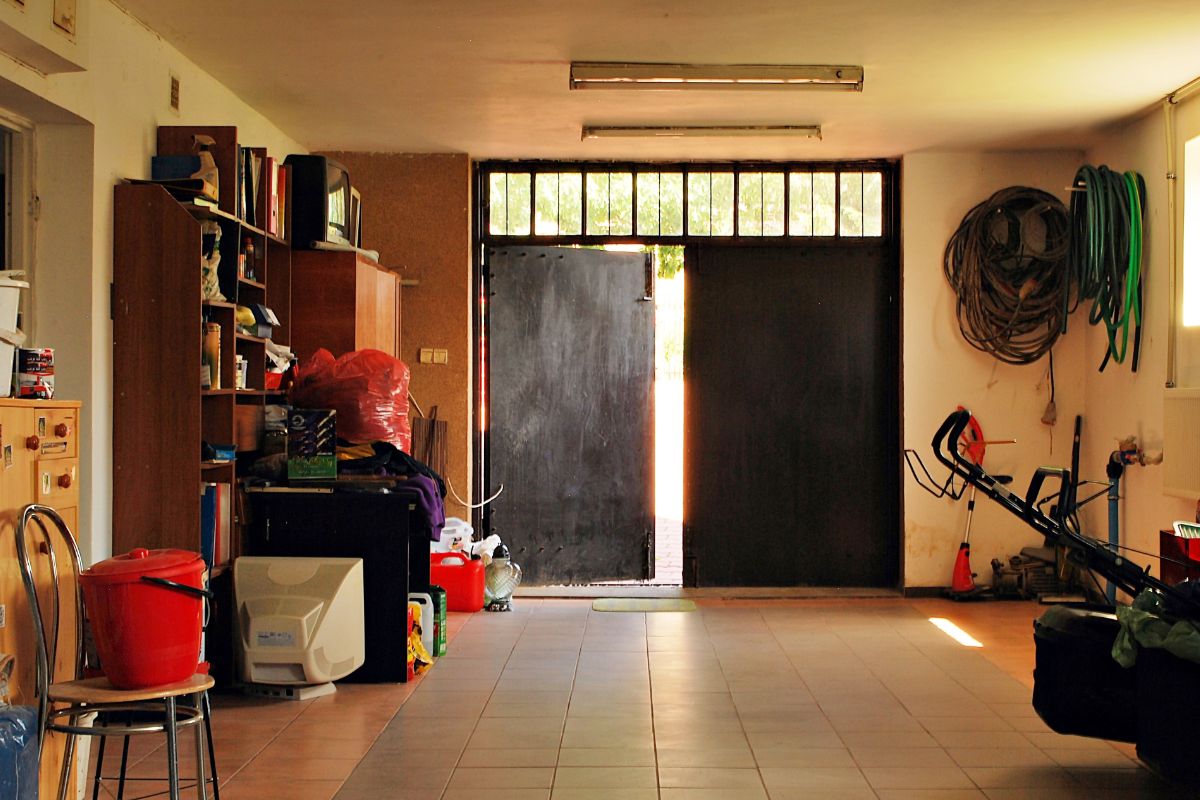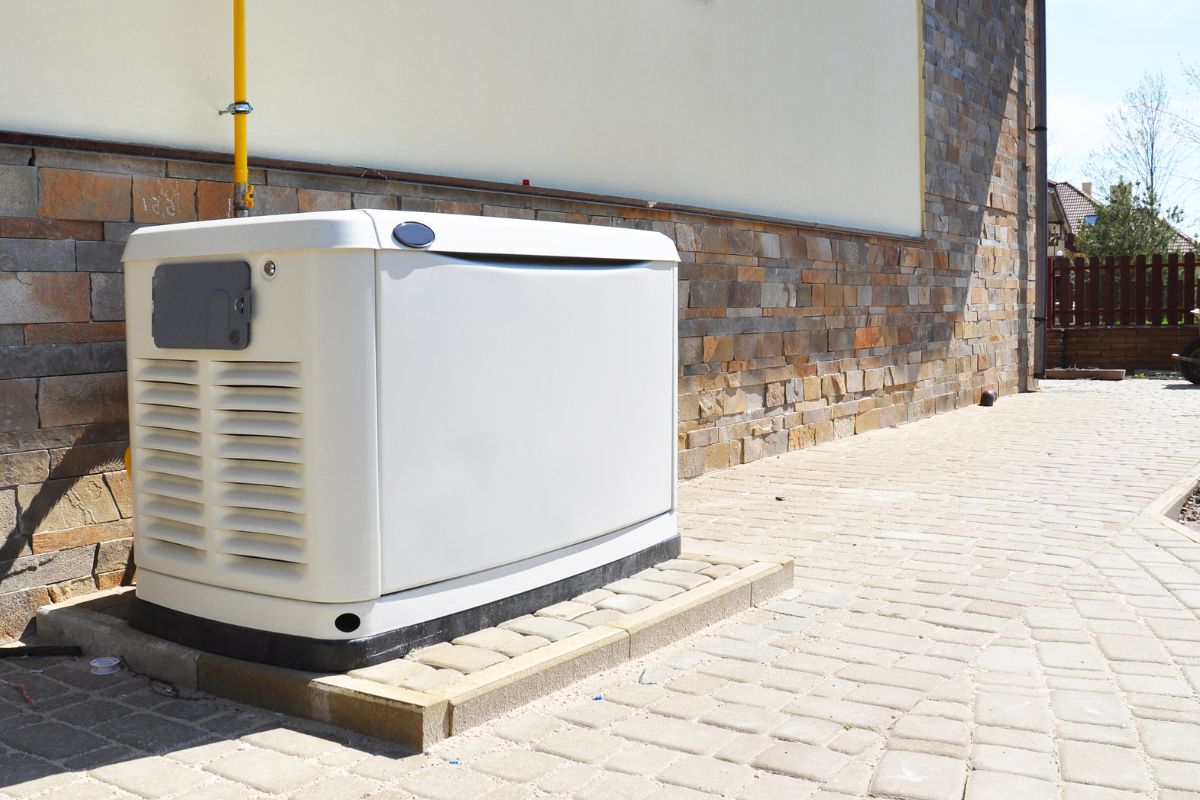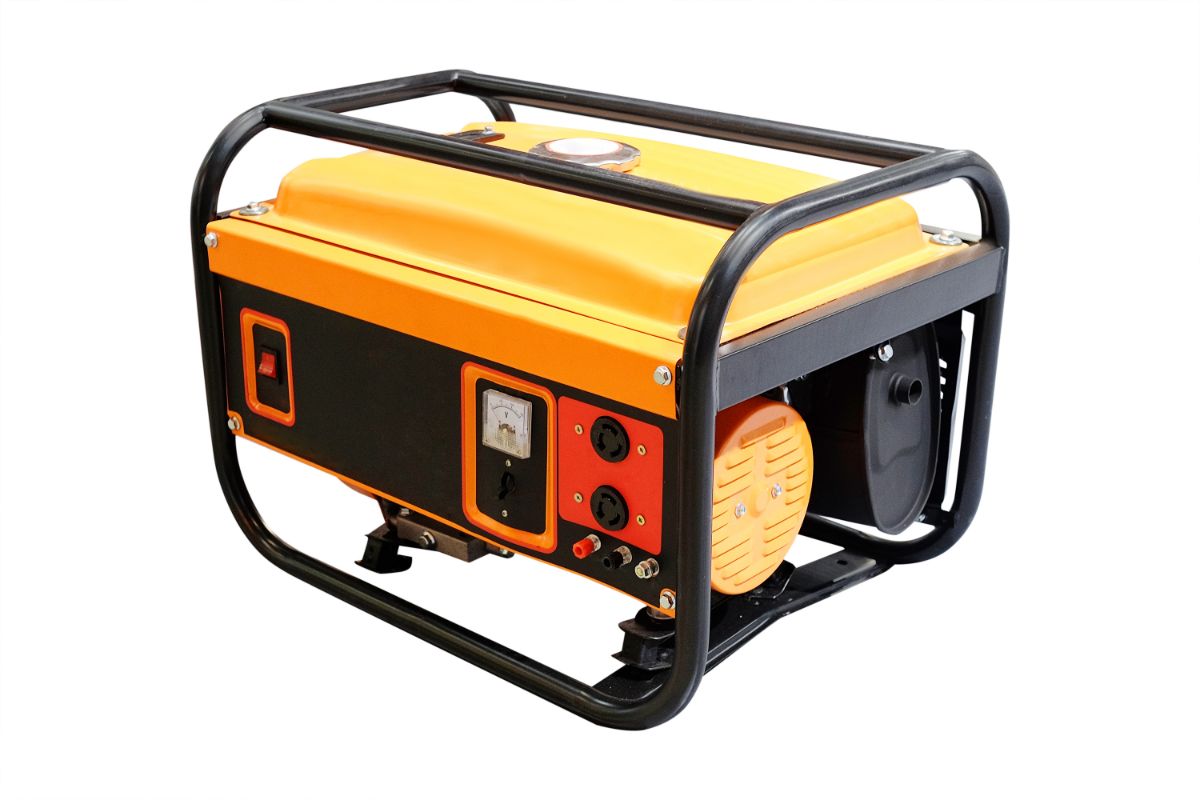Taking a Closer Look at the 5 Best Smart Light Bulbs You Can Buy Right Now
As any impressionist worth their salt will tell you, light changes everything! It can completely transform your living space — no power tools, paint buckets, or expensive new furniture required. Unfortunately, though, standard electric lighting just doesn’t cut it.

Sure, you can dim them from time to time, but that’s the limit of their mood-setting potential. If you’ve had a hard day at work, you can’t set up a soothing arrangement of blues and greens to greet you when you get home.
If you want to party, you can’t randomize their color for some dance discotheque vibes. You can’t even adjust their color temperature!
If you want to do any of this stuff, you’ll need some quality smart light bulbs, and having spent the last few weeks researching and testing every one I could get my paws and pupils on, I’m happy to share the best of the best with you here today.
Best Smart Light Bulbs — Reviews
Best Overall — Philips Hue White and Color Ambiance LED Smart Bulb
Philips Hue is the industry-leading manufacturer of smart lights, and the White and Color Ambiance is their flagship bulb.
As the name suggests, it can emit a crisp white light, but if you’re looking for a cozier vibe, you can adjust the color temperature to take the edge off — perfect for a chilled afternoon.
It’s also – and I can’t stress this enough – full of color potential. How many colors, you ask? Well, how does 16 million sound?
Featuring Bluetooth technology, you can link these bulbs directly to the Bluetooth Hue app on your phone for immediate photic satisfaction. However, you’ll need to take advantage of the ZigBee connectivity to use the full-fat app and unlock their true potential.
From intricate automation options and fully customizable light sequences to technology that syncs your light array with your TV and computer for the ultimate immersive viewing/gaming experience, these bulbs are the gold standard of smart lighting!
Pros
- Feature-Dense App — You can do so much!
- Bluetooth Connectivity — Works without Hue Bridge.
- ZigBee — Secure, permits the use of more lights simultaneously.
- Colors — It has them all.
- Compatibility — Works with most smart devices and services.
Cons
- Price — Probably the most expensive light bulbs you’ll ever buy.
- Hub Required — Otherwise you lose a lot of functionality.
Best Budget Option — Wyze Labs Wyze Bulb
Considering how much more affordable the Wyze bulb is than my top Philips Hue pick, It doesn’t half pack a punch in the feature department.
It offers a tuneable cool-to-warm white light, and, just like the Philips Hue bulb, 16 million colors to customize any moment and cater to any mood, whether it’s an excitable game day, a relaxed movie night, or anything in between.
Create intricate on/off schedules, so you never accidentally leave a light on, or trigger the bulbs randomly with “Vacation Mode”, fooling thieves into thinking you’re home when you’re actually sipping something from a coconut on a beach.
It’s a Wi-Fi bulb, which means easy setup (no hub required), but using too many at the same time can slow down your network connection.
Ultimately, though, if you’re looking for smart lighting features on a budget, these bulbs are a…Wyze choice (sorry, I couldn’t help myself).
Pros
- Adjustable Color Temperature — No harsh white lights (unless you’re into that kind of thing).
- Automation Options — Mold the bulb to your schedule.
- Price — Best bang for your buck smart light on the market.
- Easy Setup — Link it to your router and that’s pretty much it.
Cons
- Wi-Fi Connectivity — Not scalable.
Best Wi-Fi Option — LIFX Color, Smart LED Light Bulb
This bulb is all the evidence we need that Lifx is the only company that can step toe-to-toe with Philips Hue. Featuring a jaw-dropping 155 billion color steps, you could enjoy a different ambiance every single day of your life if you wished — neat, huh?
It’s also insanely bright — we’re talking 1100 lumens, so if you’re after peak radiance, then this is the bulb for you. Of course, it features a responsive dimmer function too, so you don’t fry your eyeballs over time.
Compatibility-wise, you shouldn’t run into any troubles, as it integrates seamlessly into most smart home setups, and can be paired with Alexa, Siri, or Google Assistant, enabling voice commands.
I was also impressed with the advanced dusk-to-dawn automation that eases you into the day with gentle lights as you wake, then eases you back to sleep at night with a soft ambient fade — it’s all very zen.
Pros
- 155 Billion Color Steps — The mind boggles.
- Compatibility — Works with all the big smart platform names.
- Advanced Automation — Articulate control for busy schedules.
- 1100 Lumens — Ultimate radiance.
Cons
- Wi-Fi Only — Using too many will slow your connection.
Best Vintage-Look Option — TP-Link Kasa Filament Smart Light Bulb
This ingenious Edison-vibe bulb utilizes a tiny strip of LEDs to form a faux filament, blurring the lines between traditional design and modern technology, with style!
It’s a white light bulb, so you can’t create wacky technicolor displays, but thanks to the dedicated color temperature control, you’ll always be able to find the sweet spot for your eyes and mood.
You can use the app to group multiple bulbs together, which is a huge time-saver if you’ve got upwards of, say, 3 in a room, as you can switch them on, off, or dim them as one, but I’ve yet to mention the best feature of all…
Using the Kasa app, you can monitor how much energy these bulbs use, an insight you can utilize to live more efficiently and reduce your carbon footprint.
Pros
- Power Tracking — Might save you a few pennies on the energy bill.
- Automation — App offers tons of time-based options.
- Style — Vintage aesthetics with a modern twist.
- Grouping — Efficient controls.
Cons
- No Color — Only white.
- Wi-Fi Only — Places a cap on expandability.
Best Outdoor Option — Sengled Smart Floodlight Bulb
This Sengled floodlight has what 99% of other smart lights lack…an integrated motion sensor, and it’s awesome. Most other smart lighting companies produce their sensors separately, so this is a really refreshing touch.
With a detection range of 30 feet, a 100???? FOV, and a powerful 1000+ lumens glow, it’s the perfect solution to a dark drive or walkway, and it’s completely weatherproof, so you don’t have to worry about replacing it every time the weather gets a bit gnarly.
It also features a handy daylight sensor, so it knows when it’s not needed, saving energy and extending its service life.
When paired with Alexa, Google Assistant, or SmartThings, you can use the motion sensor to trigger various smart home actions, such as switching on lights in your hallway or perhaps playing some relaxing music to greet you as you walk through your front door.
Unfortunately, you will need the Sengled Smart Hub to use these bulbs, but the good news is that you can grab one for a very reasonable price!
Pros
- Motion Sensor — It’s built into the center of the bulb!
- Daylight Sensor — Prolongs service life.
- Compatibility — Wide smart system integration.
- Weatherproof — Doesn’t mind life on the outside.
Cons
- Requires Hub — It’s not expensive, though!
Best Smart Light Bulbs — Buyer’s Guide
Smart lighting can be pretty intimidating for the uninitiated. The complex wireless networks, the advanced features, the endless potential…it can all get a bit much, but I’ve got your back. Below, you’ll find all the key info you need to make your first smart light purchase with confidence.
Connectivity (Wi-Fi vs ZigBee vs Bluetooth)
The core principle of smart lighting (or all smart devices for that matter) is communication. Your lights have to be able to “talk” to your router, each other, your phone, and possibly a central control hub to function.
In order to engage in this electronic chin-wagging, they will use one of three main languages: Wi-Fi, ZigBee, or Bluetooth.
Wi-Fi
Smart light bulbs with integrated Wi-Fi will link up wirelessly to your router, making them visible to a company app on your phone. You can then control them remotely using said app.
Benefits include…
- Set up is almost always quick and easy.
- Being that they don’t require a central control hub, you can save a few pennies.
- Remote control
The drawbacks are…
- Wi-Fi signals aren’t as secure as localized networks or physical connections. Now, I’m not saying that you will be hacked, but if security is a priority for you, it’s worth noting.
- Typical routers aren’t really designed to shoulder the workload imparted by numerous smart light bulbs.
Your router will probably be able to handle around 15 Wi-Fi devices, including your phones, tablets, and computers before the connection gets a bit sluggish.
ZigBee
ZigBee is a localized wireless network, meaning that it starts and ends in one location…your home. The ZigBee protocol is used almost exclusively as a means of communication between smart devices.
Remember, ZigBee is a different “language” to Wi-Fi, so, In order for ZigBee lights to communicate with your router, you need a translator — enter the control hub.
If your router is like a general, and your smart light bulbs are like privates, then your control hub is the sergeant. It’s the go-between for all messages sent by your router to the lights.
Benefits of ZigBee include…
- Almost unlimited expandability. Central control hubs can usually control around 50 lights simultaneously.
- As a localized network, ZigBee is far more secure than Wi-Fi.
- Remote control
The only drawback is…
- The control hub required for ZigBee smart lighting can be expensive.
Bluetooth
Bluetooth light bulbs don’t need a router or central hub. They connect directly to your phone’s Bluetooth facilities.
Benefits include…
- A lower price tag, as you don’t need a control hub.
- Instant setup
…but the drawbacks are…
- You cannot control your lights outside of Bluetooth range.
- Limited functionality. Without a network connection, a lot of advanced features are out of the question.
Compatibility
Smart lighting is at its best when integrated into an established smart home network, but not all smart light bulbs are compatible with all smart networks. For example, one that slides seamlessly into the Amazon Alexa ecosystem, may not be compatible with Google’s smart platform.
So, when picking out your brainy bulbs, make sure to check that they will play nice with your existing smart network or the smart network you plan to implement in the future.
Bases and Wattage — The Boring Stuff
It’s easy to get carried away with all the technological considerations, but it’s important we don’t lose sight of the basics here too.
Just like when you buy a regular old light bulb, you’ll need to make sure the base of your smart light bulb corresponds with the fixture socket. It will also need the correct wattage.
My advice is to keep the old bulb handy as a reference.
Purpose and Features
There’s a smart light for everything, so it’s best to start your search off with a particular use in mind. Do you want bulbs for indoor or outdoor use? Do you want a white light or a full-blown psychedelic phantasmagoria? What do you want them to be capable of?
Let’s take a look at some common features to help build a picture in your mind’s eye.
Adjustable Color Temperature
The most basic smart bulbs are white lights with a dimmer function. The next step up is adjustable color temperature. These bulbs still give off a white light, but you can adjust its tone: bright white, can be softened and vice versa.
Multiple Colors
Multiple colors aren’t a given with smart light bulbs. It’s a feature you’ll have to specifically seek out.
Grouping
Once you have more than 5 smart bulbs, controlling them individually becomes difficult. Some apps will allow the grouping of lights, so they can be controlled as one.
Custom Scenes and Sequences
The most advanced smart light bulbs are capable of displaying custom scenes and sequences created on the company app.
Automation
How much control do you want to have over your smart bulbs? Some will allow you to set on/off times, while others will offer much deeper automation, especially when paired with a smart home hub.
Syncing Technology
Syncing technology connects your smart lights to your computer or TV, triggering a light show that reacts to and reflects the on-screen content.
Some people hate syncing and think it’s distracting. Other people love it and find it immersive.
Accessories
Expandability doesn’t just involve bringing more smart lights into the fold, but lots of neat accessories too. Certain brands offer a greater variety of extras that can give you even more articulate control over your smart light bulb array.
Best Smart Light Bulbs — Frequently Asked Questions
Let’s bring things to a close with a brief FAQ segment.
What are smart light bulbs?
Connecting to your phone via company apps, these amazing lights allow you to fine-tune the ambiance in your home to suit your mood.
Some advanced smart lighting systems are even capable of syncing to your computer or televisions, creating an immersive photic accompaniment to your favorite films, shows, or games.
Do smart bulbs work in any light fixture?
Yep! As long as they have the correct base, smart bulbs work just fine in your run-of-the-mill light fixtures, whether they’re lamps or overheads. Simply replace the boring old bulb with your exciting new one, and that’s that. Just remember that rules on wattage still apply.
How do I control smart bulbs?
Smart bulbs are typically controlled via an app you can access on your phone or tablet, but if they’re compatible with your virtual assistant, you’ll be able to control them with voice commands too.
Alternatively, aftermarket accessories such as smart light switches can also be used to control basic smart light functions.
Do smart bulbs work with normal switches?
Don’t worry, you won’t have to call the electrician in to fit some sort of high-tech super switches. Your smart bulbs will work just fine with your normal ones. Just like a regular light, you’ll need to switch them on before they’ll work.
How much do smart light bulbs cost?
Boasting longer service lives and advanced technology, smart light bulbs tend to be a lot more expensive than their traditional counterparts, but, much like any other product, they arrive at a range of price points.
The more money you’re willing to throw into the mix, the more features you’ll get, but there are plenty of quality budget-friendly options out there.
Do smart bulbs need a hub?
Smart bulbs that use ZigBee as a means of wireless connectivity will need a control hub to translate the signals into something your router will understand. Wi-Fi and Bluetooth smart lights do not require any form of central hub.
Best Smart Light Bulbs — Final Thoughts
There’s a lot to take in when shopping for smart light bulbs, but don’t let that get in your way. Use this guide to navigate the market, and you’ll get there in the end.
The key is to think ahead, not just to think about the bulbs themselves. Try to think of the bigger picture, the larger network that the bulbs will eventually become a part of. That’s how you’ll find the best smart light bulbs for you and your home.








